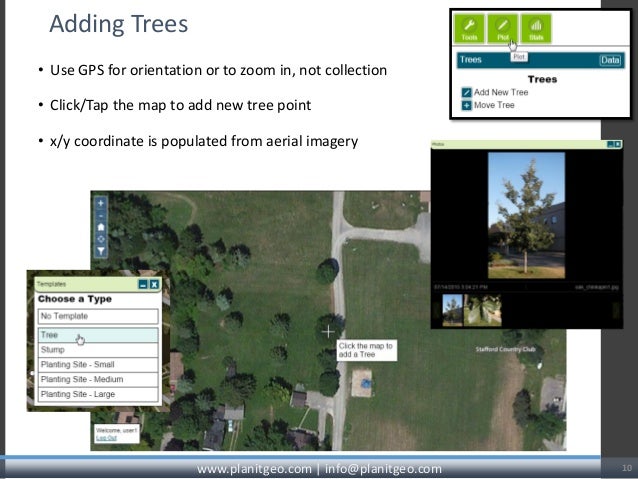
Who Can Do the Work? Method Many communities have programs to train volunteers. Check out resources from the USDA Forest Service about urban tree monitoring. But understanding change over time – such as changes in total tree counts, tree mortality rates, or tree growth rates – requires careful monitoring. What if I want to track change over time?Īn inventory represents a static snapshot, and can be used to assess species composition, present maintenance needs, and manage tree crew workflows. Communities afflicted by emerald ash borer or other pests, for example, often inspect tree by tree. Complete inventories are usually limited to specific areas where you need critical information about tree conditions. Sample based inventories, whether top-down or bottom-up, will provide a solid foundation for growing and managing your urban forest. Do I Really Need to Look at Every Tree?Īctually, no. You can take inventory with data you collect “on the ground” literally looking at the trees themselves or with overhead images captured by airplanes, satellites, even drones! Your choice will depend on what you hope to learn, and how much you can afford to spend to get it. It remains a valuable resource, especially for those who seek an overview of what strategies might work best in their communities. Top-Down or Bottom-Up? Inventory and Assessment GuideĪ few years ago, American Forests published a comprehensive guide to urban forest inventory and assessment - covering both “top-down” and “bottom-up” techniques. It will also serve as the foundation for your longer-term maintenance plan. How Does Your Urban Forestry Program Match Up Against Best PracticesĪn inventory will reveal the age, species, size and condition of the trees you’ll be managing.

Monitoring & Maintaining Your Urban Forest


 0 kommentar(er)
0 kommentar(er)
